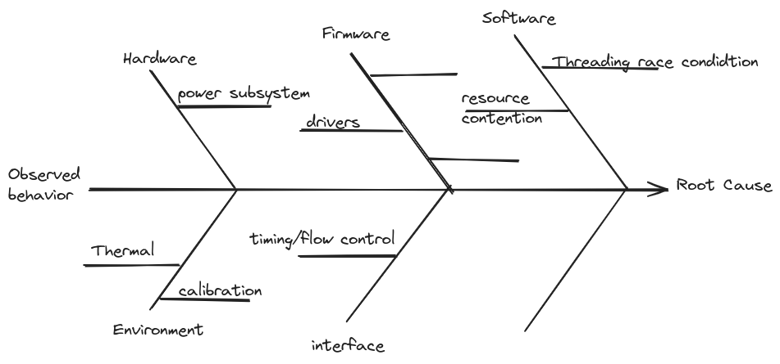04/18/23
- Applications & Missions
-
Products
Matchstiq™ Z2Small, packaged 6 GHz SDRMatchstiq™ Z3uSmall, packaged 6 GHz SDRSidekiq™ NV8008 Channel 6 GHz SDRMatchstiq™ X40 (6GHz)GPU-equipped SDRMatchstiq™ X40 (18GHz)GPU-equipped SDRMatchstiq™ G20GPU-equipped SDRMatchstiq™ G40GPU-equipped SDRNDR318Small, packaged 6 GHz SDRNDR3256 GHz Mod Payload SDRNDR364Small, packaged 6 GHz SDR

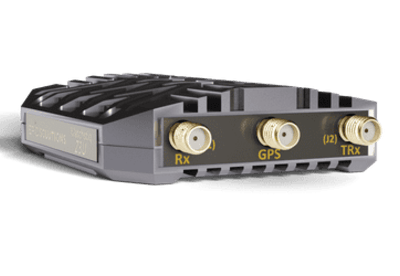
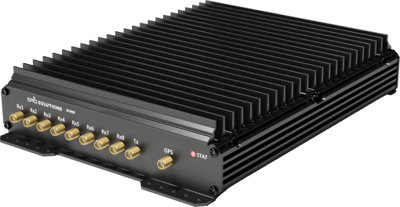
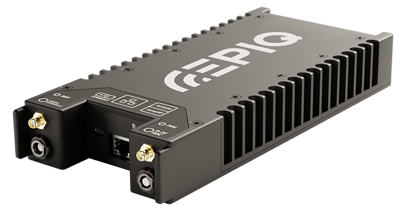

-237px.png?length=400&name=matchstiq-G20-G40(2)-237px.png)
-237px.png?length=400&name=matchstiq-G20-G40(2)-237px.png)
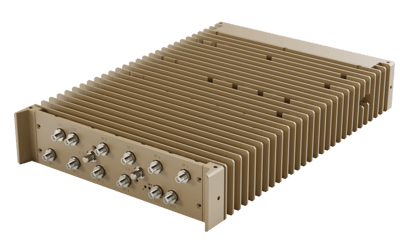

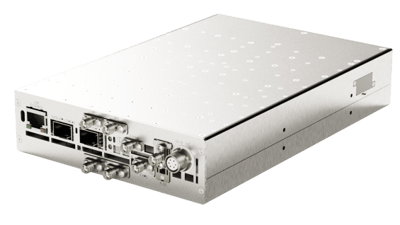 NDR3743U VPX 8 GHz SDRNDR5853U VPX 18 GHz TunerNDR6643U VPX 18 GHz TunerSIDEKIQ™ VPX4003U VPX 6 GHz SDRSIDEKIQ™ VPX4103U VPX 18 GHz Tuner
NDR3743U VPX 8 GHz SDRNDR5853U VPX 18 GHz TunerNDR6643U VPX 18 GHz TunerSIDEKIQ™ VPX4003U VPX 6 GHz SDRSIDEKIQ™ VPX4103U VPX 18 GHz Tuner
.webp?length=400&name=Cyber-Radio-NDR585%20(3).webp)
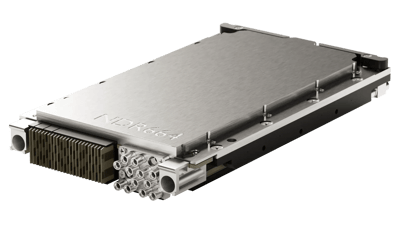
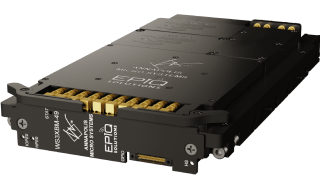
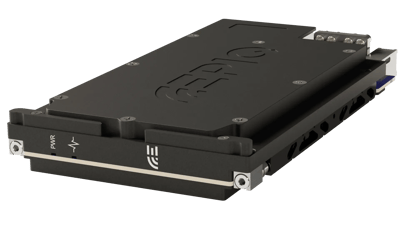
- About
- Resources
- Support
-
APPLICATIONS
-
MISSIONS
Applications & Missions
-
SDR
-
CAPABILITIES
-
SPACE
Products
-
ALL APPLICATIONS
-
UxS & ALE PAYLOAD
-
COMMUNICATIONS
-
COUNTER UxS
-
SPECTRUM AWARENESS
-
DIRECTION FINDING
-
SPACE
APPLICATIONS
-
ALL MISSIONS
-
ATTRITABLE
-
PAYLOAD
-
OPEN ARCHITECTURE
-
EMBEDDED AND SMALL FORM FACTOR
-
MANPACK & DISMOUNT
-
SPACE
MISSIONS
-
Matchstiq™ Z2
-
Matchstiq™ Z3u
-
Sidekiq™ NV800
-
Matchstiq™ X40 (6GHz)
-
Matchstiq™ X40 (18GHz)
-
Matchstiq™ G20
-
Matchstiq™ G40
-
NDR318
-
NDR325
-
NDR364
PLATFORMS
-
NDR374
-
NDR585
-
NDR664
-
SIDEKIQ™ VPX400
-
SIDEKIQ™ VPX410
SOSA/CMOSS
-
SIDEKIQ™ M.2
-
SIDEKIQ™ Mini PCIE
-
SIDEKIQ™ NV100
-
SIDEKIQ™ NVM2
-
SIDEKIQ™ Stretch
-
SIDEKIQ™ X4
-
SIDEKIQ™ Z2
SMALL FORM FACTOR
-
NDR504
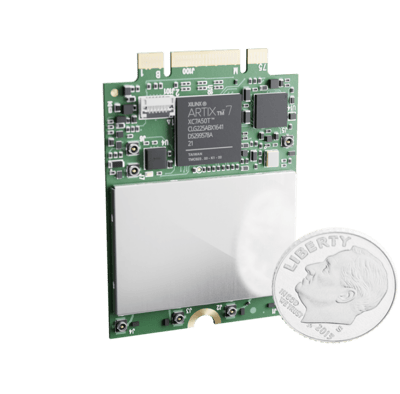



-237px.png?length=400&name=sidekiq-stretch(1)-237px.png)
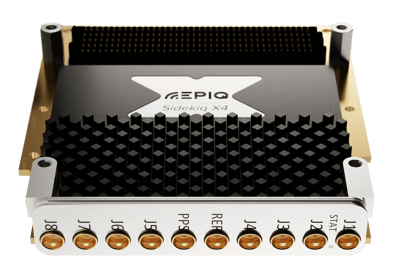
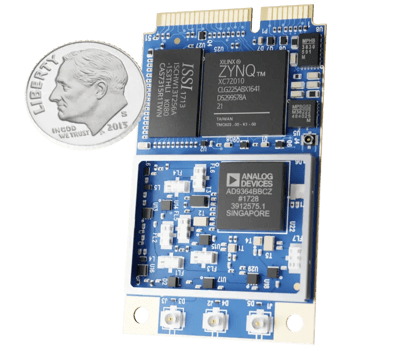
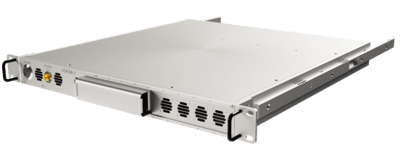
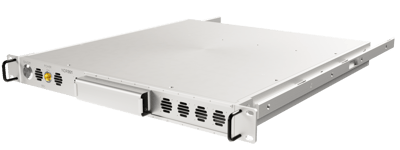
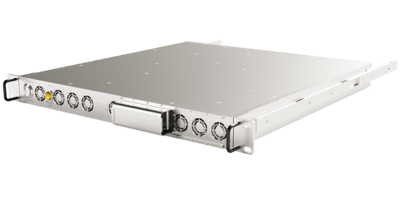
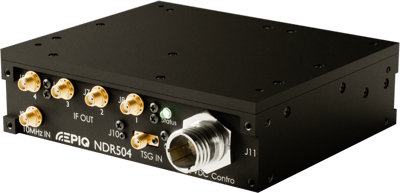

.webp?width=70&height=70&name=Vector%20(1).webp)



